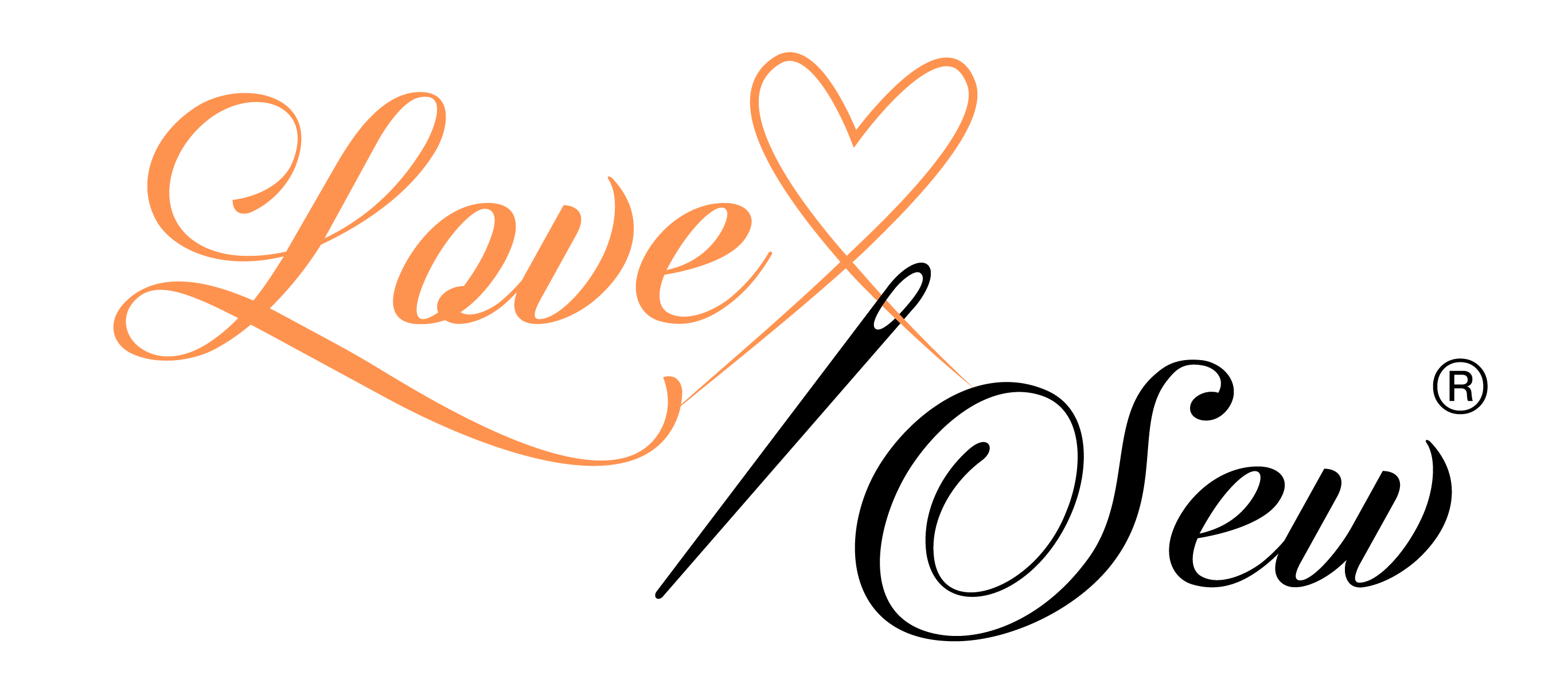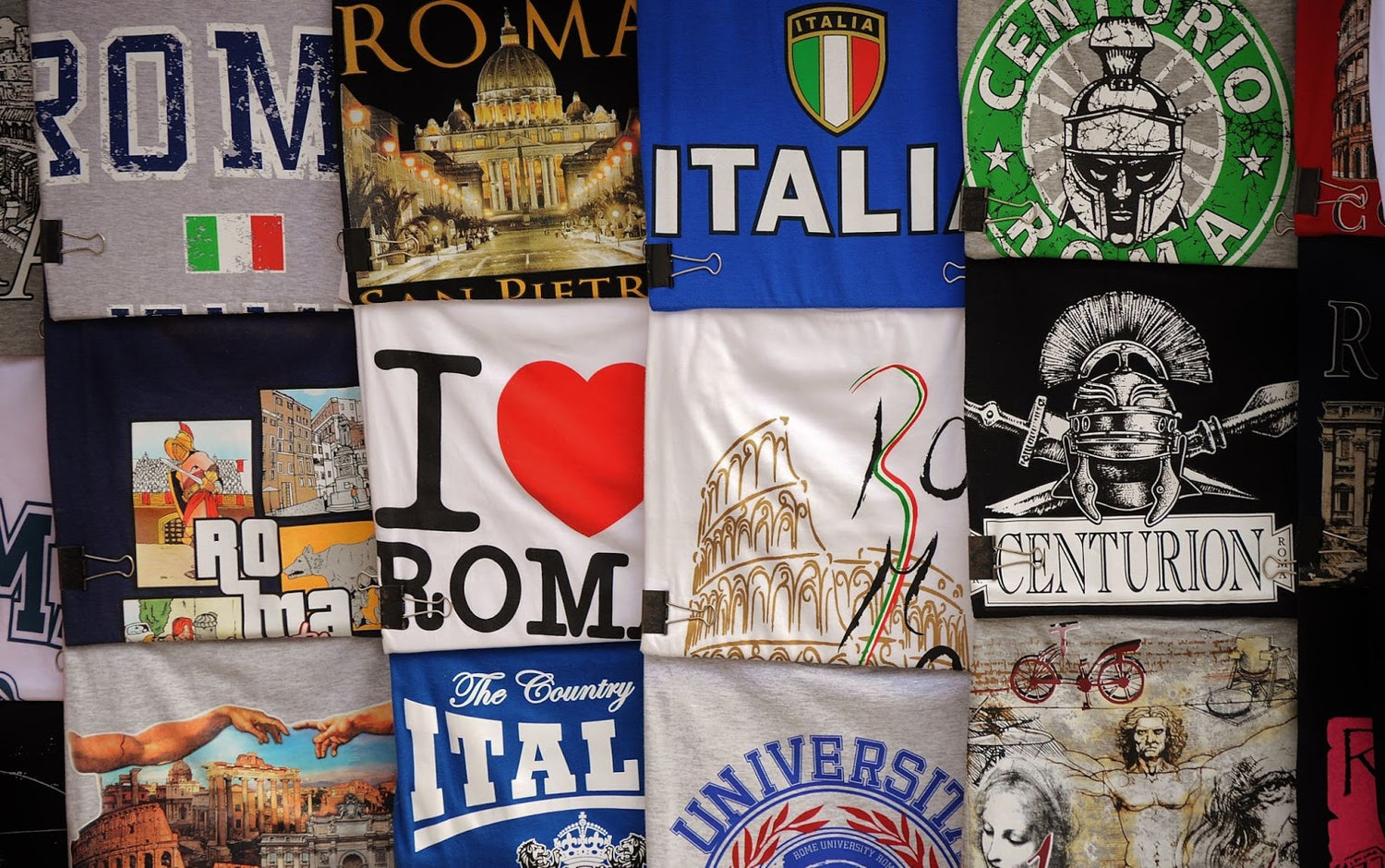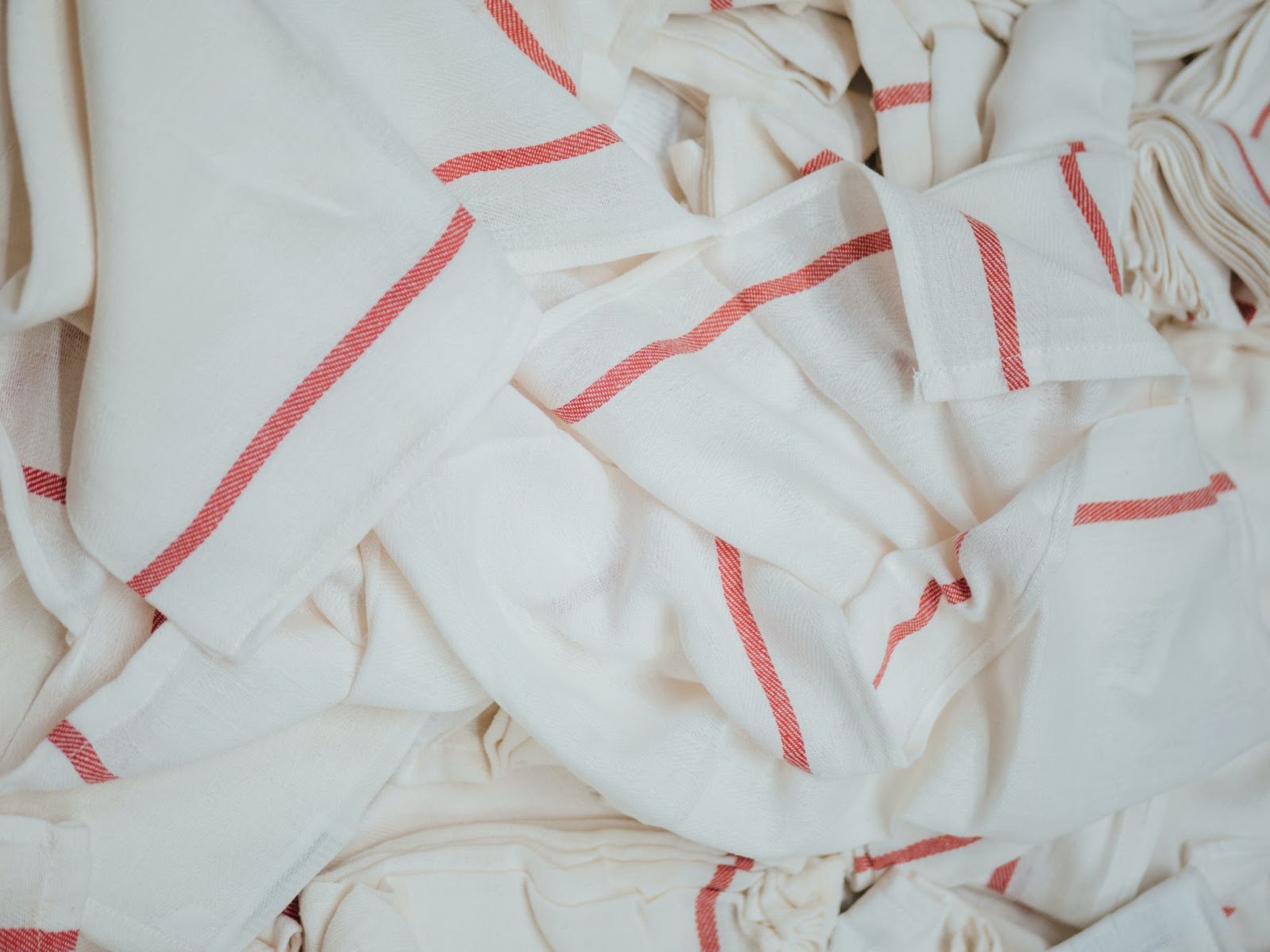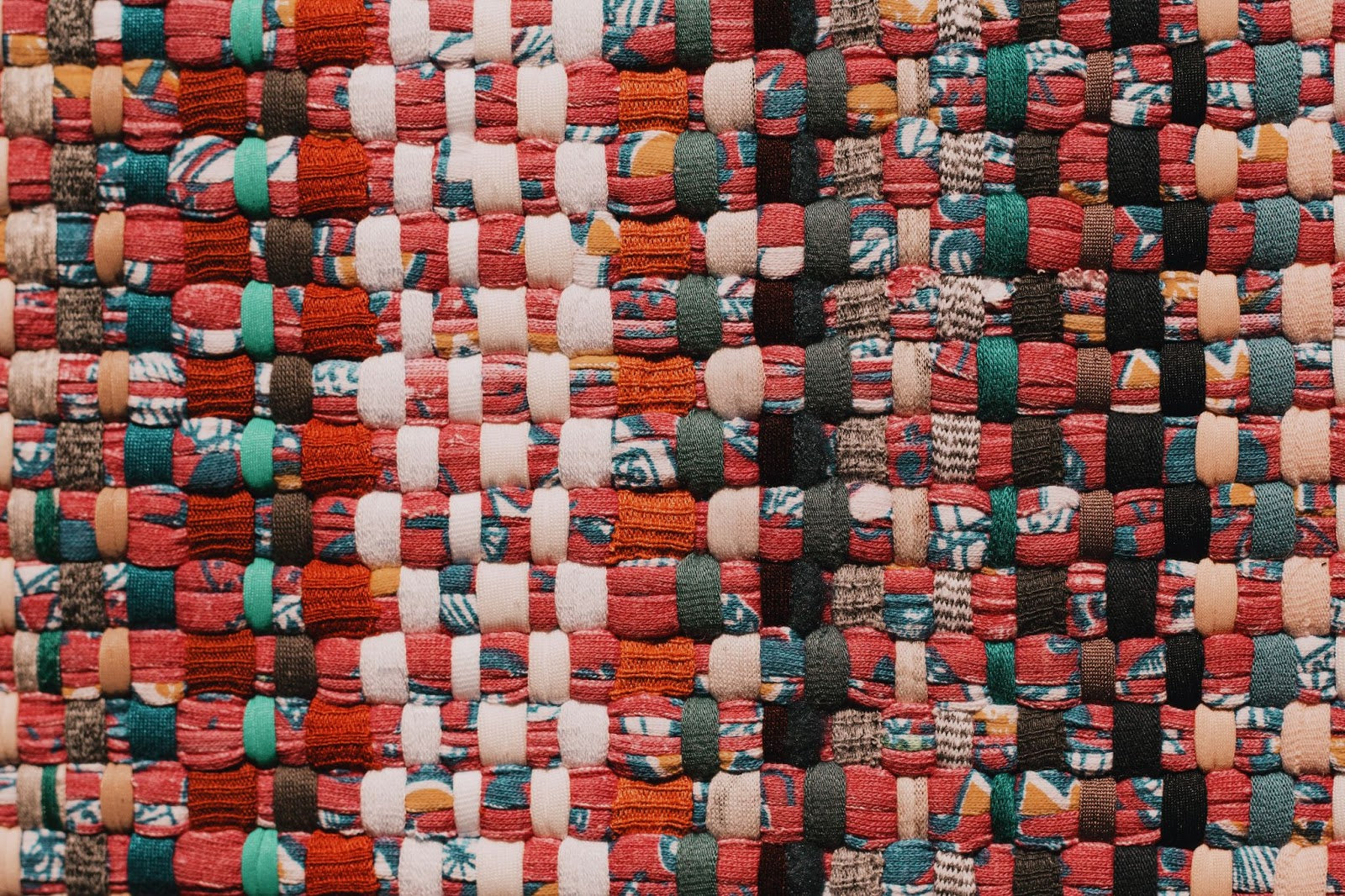Textile art has been around since the beginning of civilization. It has served as both a form of self-expression and a practical tool for survival, warmth, and comfort. In fact, textiles can be traced back more than 100,000 years ago.
While the tools and materials have evolved and changed over time, with the invention of new technology, agricultural discoveries, and travel and trade, the cultural and personal importance of quilting, sewing, and weaving, remain as essential today as they were during the early days of humanity.
Step by Step Guide on How to Make a T-Shirt Quilt
Here at Love Sew, we believe that ancient and beautiful art forms should be accessible to everyone. That’s why we’re sharing our favorite tools and resources for creating quilts, clothing, and more at home today.
One of our favorite projects that holds a lot of personal significance and is easy to try out with the tools you already have is the t-shirt quilt. Here’s what you’ll want to think about when it’s time to make your next t-shirt quilt.
What Is a T-Shirt Quilt?
We collect many t-shirts over the course of our lives. They are often related to important events or activities, like a school play, summer camp, volunteer event, or family vacation. These t-shirts can be wonderful memories, but they can also take up room in the closet, and you may find that you simply don’t have enough time to wear them all. That’s where the t-shirt quilt comes in handy.
A t-shirt quilt, at its simplest, is a quilt made of your favorite t-shirts or other textiles. It can be a wonderful way of repurposing your mementos from important or happy memories and allows your favorite shirts to last even longer.
One of the reasons that t-shirt quilts are such a great option for crafters at all levels is that they can be made to match your skill. You can make it with a simple pattern that lines up your favorite shirts or a more complex style that takes your skills up a notch. You can also adjust it to the number of t-shirts you want to use. Around 30 t-shirts, depending on size, will make up a full-size quilt, but you can make a smaller throw blanket with fewer shirts. If you have more, you can cut the logos and designs smaller to fit them all onto your quilt.
A t-shirt quilt varies from a t-shirt blanket in that it uses three layers, rather than two. A quilt will have batting in between the top and bottom layers, which is what keeps it so warm. You can also make your quilt more comfortable by using a soft fabric for the backing. By contrast, a t-shirt blanket will be two layers sewn together and is more comfortable for warmer weather, as it doesn’t have the added insulation.
How to Make a T-Shirt Quilt
When you’ve collected enough shirts for your t-shirt quilt, it’s time to begin the crafting process. Here are the tools you’ll need and the steps you’ll take to create a lovely memory quilt of your own.
Tools and Materials for a T-Shirt Quilt
It’s important to have the right tools for the job. Here are a few of the tools and materials you’ll want to have on hand when it comes to making your t-shirt quilt.
Sewing Machine
Your sewing machine is an essential tool in your kit. While there are many ways to hand-stitch your next quilt, a sewing machine can make the process faster. Hand-stitching is an art form, as well, but it can be helpful to know how to utilize your machine when needed.
Rotary Cutting Tool and Scissors
You’re going to need to cut your t-shirts down to a uniform size and shape or to match your patterns. A rotary cutting tool is used for cutting large pieces of fabric, and scissors can help you get a closer cut.
Measuring Tape
A measuring tape or ruler set will help you to get the uniform shapes and sizes you need when cutting your t-shirts. It will also ensure that your batting and bottom layer are the right sizes.
Pins
T-shirt quilts are often very large, but even if you’re working on a smaller project, you’ll want to have pins on hand to keep all the pieces in place.
Iron and Board
It can be difficult to work with wrinkled fabrics, which is why it’s important to have an iron on hand. T-shirts can become wrinkled with use, so iron out your shirts before cutting.
Backing Fabric
You’ll want to have a backing for your quilt so everything can be properly tucked away. Since the quilt pattern is entirely up to you, find a color or style that matches your vision. Cozy fabrics like fleece are often used for quilts.
Batting
A quilt is set apart by the batting between the layers. Make sure you have enough batting for the size of quilt you’re making.
Fusible Interfacing
One way to connect your t-shirts is through fusible interfacing, which uses a type of iron-on method. There are other options, but this is recommended for its ease of use.
Your Shirts
Gather up all your shirts for the quilt!
The Steps for Making a T-Shirt Quilt
Once you have all of your materials gathered, here are the steps you’ll want to take to assemble your t-shirt quilt.
1. Decide the Layout for the T-Shirts and the Quilt Top.
This is going to be your most important step. The layout is going to show what size blocks you will need to make for your shirts and any extra blocks you may make for the quilt. Here are some things to consider for this step:
• Decide if you want your T-Shirts sewn together with or without sashing.
• Decide if you need/want any other filler blocks for your quilt top.
• Figure out how many T-Shirts you have to work with.
• Once you know how many T-Shirts you will have to work with and if you will be adding sashing and filler blocks, you will be able to decide what size quilt you will be able to make.
2. Prepare the T-Shirts.
Wash and dry the shirts to prepare them for cutting. If you need to iron a shirt be careful not to iron directly on the graphic of the t-shirts. The graphics could melt and ruin your shirt and iron.
3. Cut Out the T-Shirts’ Designs.
Cut the designs out from your shirts with plenty of space for trimming and seam allowances. The best way to cut a shirt is to cut up both sides along the seams. Follow the side seams up the shoulders and across the neck to the other side. This doesn’t need to be a perfect rectangle. You will trim up the design block once you have added the fusible stabilizer.
4. Fuse the back of the shirts for stability.
Cut out rectangles from your preferred fusible stabilizer. These rectangles should be the final size you want your T-Shirt blocks to be. Center the stabilizer with the adhesive against the backside of the T-Shirt and iron on. Again, be careful not to place your iron directly onto the T-Shirt graphics if they are meltable.
Once the adhesive has cooled, trim the excess T-Shirt material leaving 1/4” seam allowance all the way around the stabilizer rectangle. The stabilizer is going to stabilize the shirt material so it won’t stretch when you are sewing.
5. Sew the T-Shirts together.
To sew the T-Shirt blocks together use a regular straight stitch. Since you left the 1/4” seam allowance on the shirt material the bulk of the seams should be at a minimum and you should be able to iron the seams open.
Sew the horizontal blocks together first. Then sew the rows together. If you choose to add sashing use a regular 1/4” seam allowance to attach those as well.
6. Add a border to frame out the T-Shirts.
Once you have sewn all your T-Shirt blocks together you can add an optional border. The border will give your quilt top a more polished finished look. I would recommend using a 3” border all the way around your quilt. Use a 1/4” seam allowance to sew this border on.
7. Complete the Quilt as desired.
Now that your quilt top is finished you can put together your quilt sandwich and quilt your project as desired. When you are done quilting, square up your quilt and add the binding.
8. Enjoy!
And there you have it! A gorgeous T-Shirt quilt! Congratulations!
Conclusion
There are so many individual ways to create a t-shirt quilt, which makes it a great option for quilters at all skill levels. It’s the perfect craft for creating a lasting memory out of your most important t-shirts, and you can adjust it to fit the number of t-shirts you have or your favorite pattern. If you want to wait to collect up to around 30 shirts, you can have a full-length quilt, but you can make a larger or smaller quilt if you have more or less.
And Love Sew is here to help you every step of the way. We believe that creating beautiful, long-lasting pieces should be available to every artist and crafter. That’s why we carry our favorite tools and guides for getting the job done right every time and why we’re sharing what we’ve learned over the years of creating t-shirt quilts and a whole lot more ourselves.
Gather up your favorite t-shirt and begin creating a lasting t-shirt quilt full of memories at home today!
Sources:
Art History: Ancient Practice of Textile Art and How It Continues to Reinvent Itself | My Modern Met




7 comments
Veronica
What kind of fusible interfacing do you recommend. I’ve heard of people using both woven and non-woven. Which type is best?
Veronica
What kind of fusible interfacing do you recommend. I’ve heard of people using both woven and non-woven. Which type is best?
Leave a comment
This site is protected by hCaptcha and the hCaptcha Privacy Policy and Terms of Service apply.